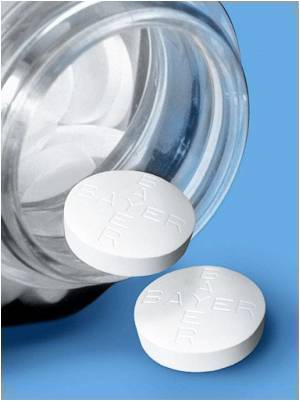When a natural painkiller is stimulated too frquently, then the responding brain cell receptors close down, making it ineffective, states a new study.

The study has important implications for drug development. The natural painkiller, 2-AG, is one of the two major "endocannabinoid" neurotransmitters.
The other, anandamide, can be kept at high levels in the brain without losing its therapeutic effects, and researchers had hoped that the same would be true for 2-AG.
"One implication is that maximally elevating 2-AG levels in the brain might not provide a straightforward path to new pain drugs," Nature quoted Dr. Benjamin F. Cravatt III as saying.
"But we remain optimistic that more modest elevations in 2-AG could produce sustained pain relief. Perhaps more importantly, on a basic science level, we've been able to tease apart a key difference between the two major endocannabinoid signaling pathways, since one can maximally elevate anandamide without observing tolerance," he added.
Like the opioid system, the endocannabinoid system was discovered as a result of humans identifying a plant - in this case marijuana (cannabis sativa) - that artificially boosts its activity. Marijuana's main active ingredient, THC, typically reduces pain and anxiety.
Researchers have sought to develop drugs that reproduce such therapeutic effects while leaving out THC's unwanted side effects - which include memory impairment, locomotor dysfunction, and possibly addiction.
Advertisement
Researchers have said that 2-AG's pain-killing effect disappears after six days of treatment.
Advertisement
The report appears in the latest issue of Nature Neuroscience.
Source-ANI












